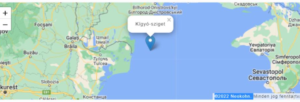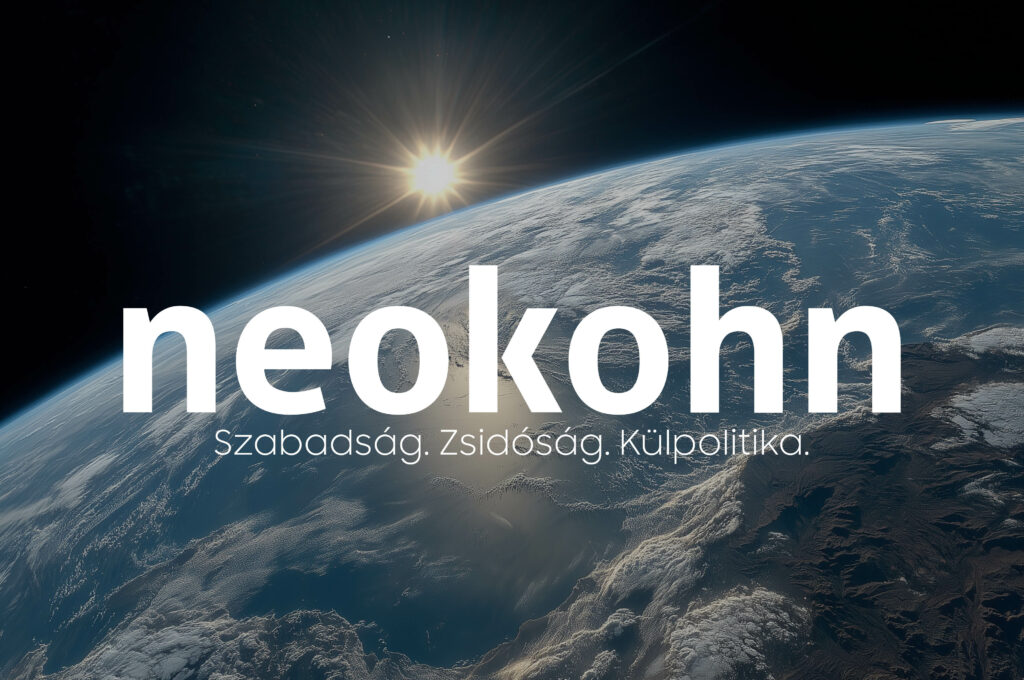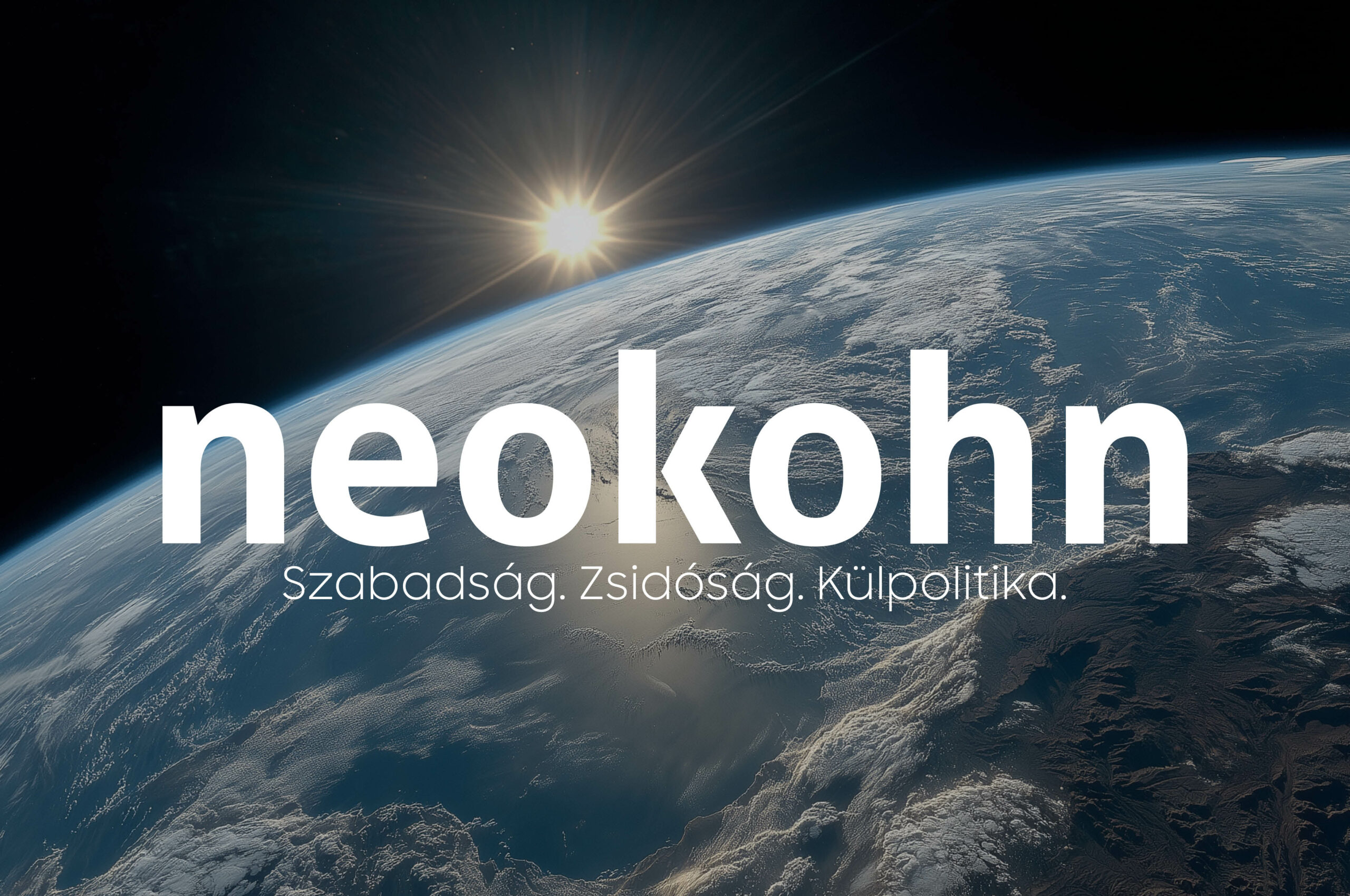A security analyst usually works from a rear-view mirror and earns his living recounting past events. He only takes out a crystal ball in case of an emergency, as the benefits of a confirmed prediction do not outweigh the risk of failure. Analysis by Robert C. Castel.
For now, however, I will do the latter and draw attention to two theatres of war that are very little discussed. Why? Because everyone is more preoccupied with the already lost Donbas — a village the size of Pusztaapáti. [Editor’s note: Pusztaapát is a tiny, remote Hungarian village.]
One of these areas is Snake Island, which we only hear about when mealy-mouthed warriors greet each other in flowery language. The reef, which barely qualifies as an island, is important to its new Russian owners because of its role as an unsinkable anti-aircraft and electronic intelligence base. Since the loss of the cruiser Moskva, the Russian navy has rarely ventured near the Ukrainian coast, especially Odessa.
If the latest reports are to be believed, this situation will soon change radically.
After repeated failed attempts, the Russians have managed to place air defence systems on the island that can protect themselves and their immediate surroundings from Ukrainian air and missile threats. It is only a matter of time before these systems are followed by others with much longer ranges. This, coupled with the electronic intelligence systems deployed on the island, could have a decisive impact on the future of the war. A change in the local balance of power could significantly increase the pressure on Odessa and dramatically reduce the effectiveness of NATO’s air intelligence assets in the Black Sea region.

Another such area is the Suwalki Gap, which is worth mentioning in the context of the Russian threats against Lithuania in recent days. In fact, it is not one corridor, but two intersecting corridors in the same narrow strip of about 100 km along the Polish-Lithuanian border. For Russia, this is the land bridge connecting the mainland with the Kaliningrad exclave. Crossing this is the strip that connects the Baltic states with the rest of NATO. More broadly, it is the link between the Nordic peninsula and the rest of the continent.
Why is it important to talk about this piece of real estate?
It’s because it’s the weakest link in the NATO chain that has been giving Western military planners sleepless nights for decades.

The situation is further complicated by two unpleasant facts:
- The Russian troops stationed on both sides of the Suwalki corridor enjoy a considerable advantage over the local NATO forces.
- The Russians have treaty-guaranteed free passage along the routes linking the mainland with the exclave.
If one thinks now of war games, hybrid warfare, little green men, etc. then, by and large, you would be correct.
How would NATO react to an „accident”, a „misunderstanding” or a „terrorist attack” on these routes? Will we take up the gauntlet of World War III over a route on which the Russians have free movement under the international treaties we cherish?
One thing is for sure. The ancient Chinese curse has befallen us. These are interesting times.
Robert C. Castel összes cikkét elolvashatja itt.


